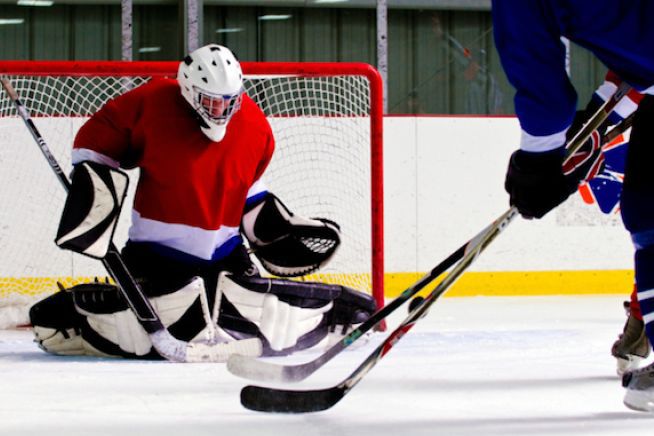
Analysis of Ice Hockey Movements in Youth and Adult Players
Ice hockey is a popular winter sport throughout Canada and many parts of the United States, and its popularity is rising due to increased exposure in many non-traditional, geographic areas. Ice hockey combines tremendous speeds with aggressive physical play, and therefore has great inherent potential for injury. A large majority (more than 75 percent) of the injuries suffered by hockey players occur due to an impact with either another player or with the boards. These impacts lead to the high number of concussions, knee medial collateral ligament sprains, acromioclavicular joint injuries, and ankle sprains. In addition to these common injuries, many other injuries do not result from impact. Adductor strains, sacroiliac dysfunction, chondral injuries, labral injuries, and many of the previously mentioned problems occur without an impact.
Despite statistics that report each year 3.5 million youth and 750,000 adults participate in organized, recreational leagues across the United States, relatively little is known about the biomechanics associated with the game.
Various hockey movements, such as skating, shooting, and checking, appear to place the body in positions prone to injury. To recreate the ice rink environment, the BRL has laid down a 12’ by 28’ artificial ice slab with a force plate imbedded. The research project is designed to provide performance data on ice hockey players ranging in age from 8 (youth) to over age 40 years. Fifty-one youth and adult players have undergone biomechanical testing on the artificial ice.
Another unique aspect of this study is the application of modeling techniques to evaluate injuries that occur in hockey. Researchers at the Institute have developed sophisticated upper and lower extremity models that are able to do this. With this technology, we will be able to estimate: (1) the individual muscles forces in all muscles that cross the hip, knee, and ankle to gain a better understanding of the load generated by each muscle; (2) determine which muscles are essential to the motion; (3) determine which muscles contribute most significantly to hip, knee, and ankle joint loads; and (4) determine when in the motion each muscle reaches its maximal force output. The latter is essential in understanding when in the skate stroke, for instance, a player might be generating muscle loads that are indicative of groin, hamstring, and quadriceps muscle strains.
The data derived from this study will be compared among the age ranges to determine similarities and differences in shot and skating mechanics across the lifespan. Inverse dynamics will also be used to calculate forces and moments within the hip, knee, and ankle joints during the various movements. This data, it is hoped, will provide information on how and why both youth and adult hockey players sustain or make orthopaedic injuries worse. We are already learning why youth are unable to perform some of the difficult motions and how some people adapt their performance when injured.

